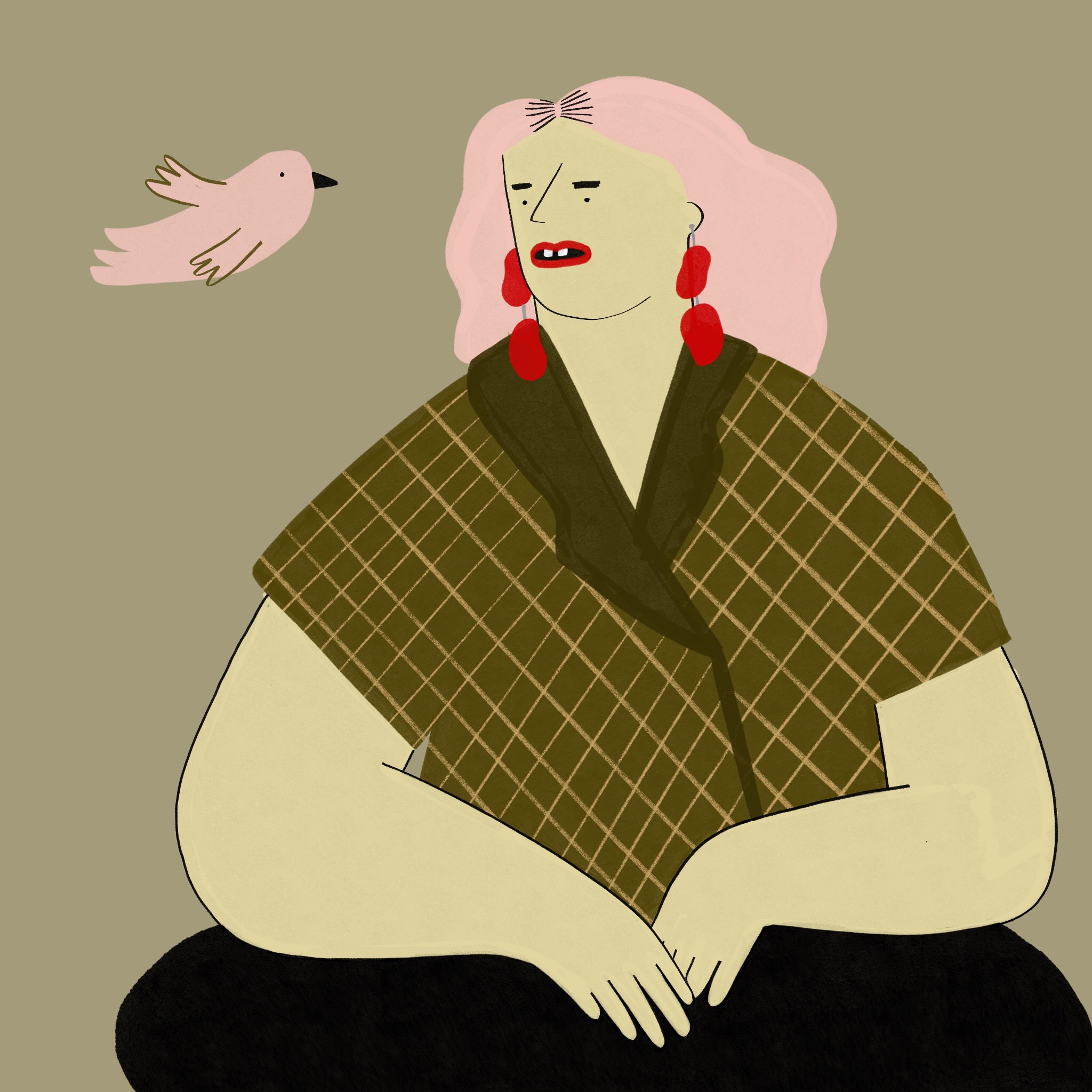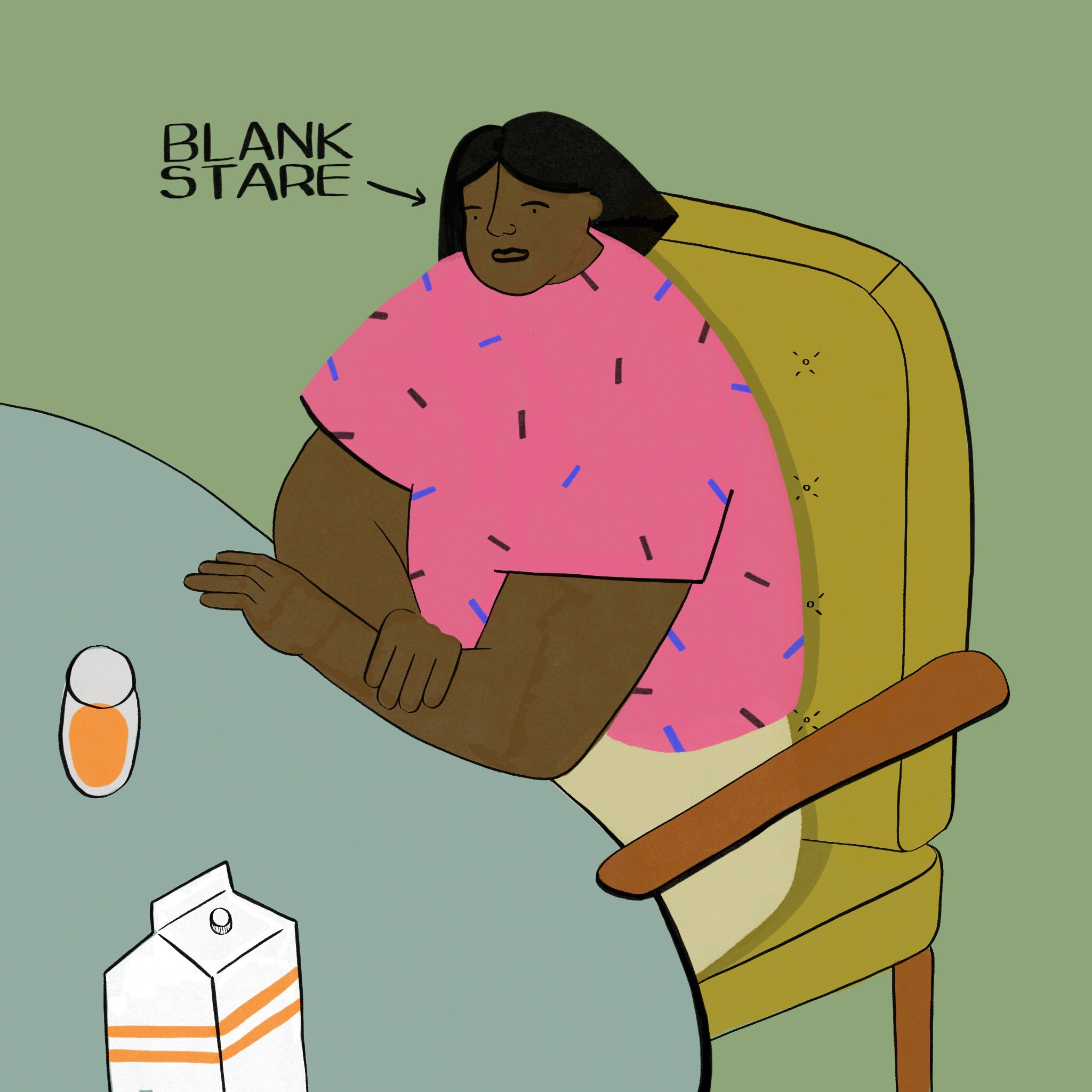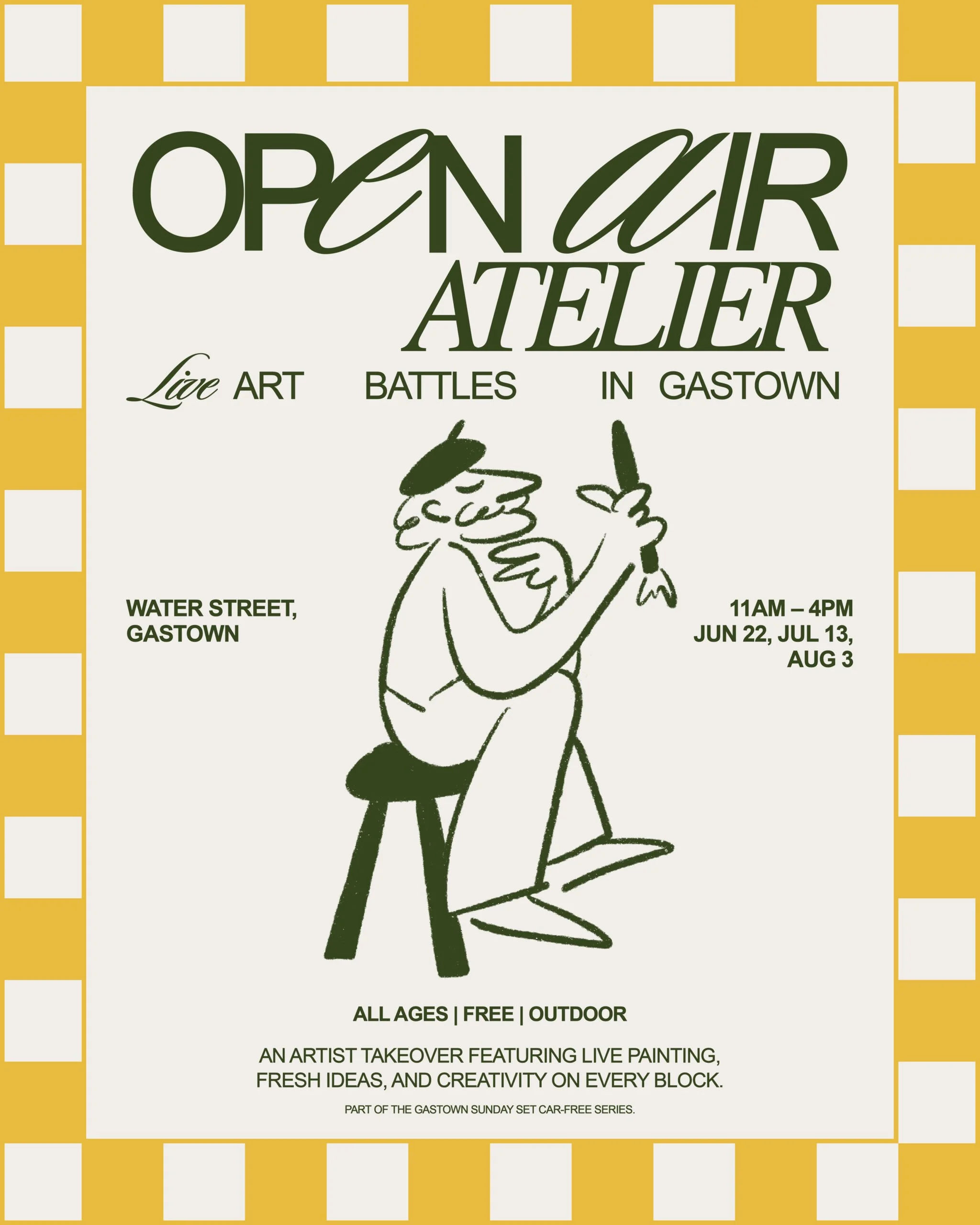The State of Millennial Art: Anita Rudakov
/The State of Millennial Art: Anita Rudakov
There are two things you need to know about Vancouver’s South Granville neighbourhood. Firstly, everything—including the new cannabis store that just opened up near West 15th Avenue— looks like a Michelin Star restaurant. Secondly, don’t be fooled by the neighbourhood’s vanity, as it’s home to millennial artists who are blooming under the surface of its ritzy, Le-Creuset shadows. Anita Rudakov is one of them.
Born in Richmond, the 21-year-old is starting to establish herself as a professional illustrator in Vancouver. Rudakov’s freehand digital illustrations are unique yet relatable. Her work is grabbing the attention of both art enthusiasts and fellow creatives, helping her land more customers, commissions and success.
Sarah Amormino: I noticed that your art focuses a lot on women, why is that?
Anita Rudokov: I like drawing women. Their bodies are more interesting, women or genderless people. It’s not so much women as in blonde hair, lipstick, or some frilly thing—it’s just more femme because boys are boring.
SA: What kind of style would you describe your art as?
AR: I think that my art always has a sense of humour to it, and if there’s no sense of humour there’s something ironic or something silly or weird about it. I like playing with colour and patterns a lot, and I really like illustrating people and faces. I’s rare that you’ll see one of my illustrations without a person in it.
SA: Why do you do what you do?
AR: I guess right now, it’s more of a creative outlet and hobby because it’s not something that I’m making money off of yet. But it’s something that I’ve enjoyed doing for so long. My Mom put me in art classes when I was around seven years old, so I’ve been drawing for a long time. I got an iPad recently, so that’s how I started doing more digital illustrations,. A year ago is when I started taking art more seriously and calling myself an artist, which is still something I’m a bit weary of.
SA: Do you feel supported in Vancouver as a young artist?
AR: The biggest thing is to support your friends – that’s how I got the confidence to produce more art and put more art out there. Just hearing my friends say, ‘Oh, I’d totally buy that,’ and hearing such a positive response from them is what pushed me to put my art on social media, or at least try to get into publications and magazines. There are a lot of publications in Vancouver that are trying to give new artists a voice instead of just hiring people that have a big social media following, which is super supportive.
SA: How do you think millennial artists are shaping Vancouver’s creative industry?
AR: There’s always people or certain groups of people who are trying to give other millennials an opportunity, so I think a lot of it is about confidence. It’s great to see when young people have the confidence to put on an event or a show or an exhibit. Seeing other millennials doing things encourages me, and that encourages other millennials to put themselves out there more. I mean, it’d be helpful if there were more programs to help people gain that confidence instead of having it be a self-made chain reaction.
SA: How has social media impacted your work?
AR: I started my art Instagram about a year ago, which is when I started actually drawing more often and getting better at drawing and wanting to put myself out there more. So social media has been really big, because a lot of people who I’ve talked to didn’t even know I drew or was an artist. It’s been pretty instrumental in getting my art out there to people's feeds and phones and lives, so it’s been crucial for getting the support I need to get it off the ground. I’ve had a couple people direct message me about prints for sale.
SA: What’s the best piece of advice you’ve been given about working in the art industry?
AR: Probably not to be intimidated by other artists. I think that in Vancouver, an artist has to be someone who went to Emily Carr University and has their own $400/ month studio on East Hastings, and is like five seconds away from moving to Montreal. So not being shy because I don’t have a formal education or formal art training, but just being happy with the progress that I’m making and not feeling like I’m less of an artist because I don’t have the experience.
SA: Professionally, what’s your end-goal?
AR: I hope that I can one day do art full time, that would make me really happy. I don’t know if it’s completely realistic, but I hope that I can work towards that. In 10 years, I want to have at least tried to write a graphic novel or illustrated a graphic novel, or maybe a children’s book. Something more long-form and narrative-driven—something that would really challenge me. I’m not setting a goal of being published, I’m setting a goal of trying.
Rudakov is published in SAD Magazine’s 10th Anniversary Issue, Nostalgia, and is currently working on a collection of comics. To learn more about her art or to buy one of her prints, visit her Instagram at @anitaillustration.









